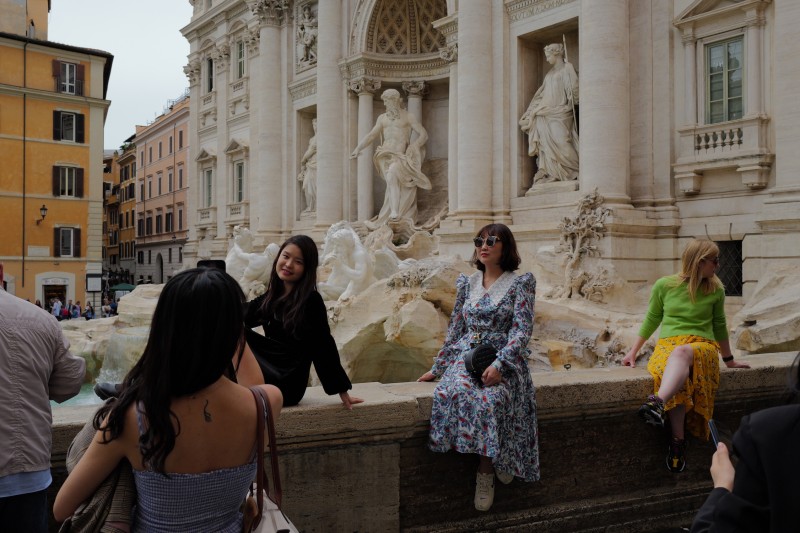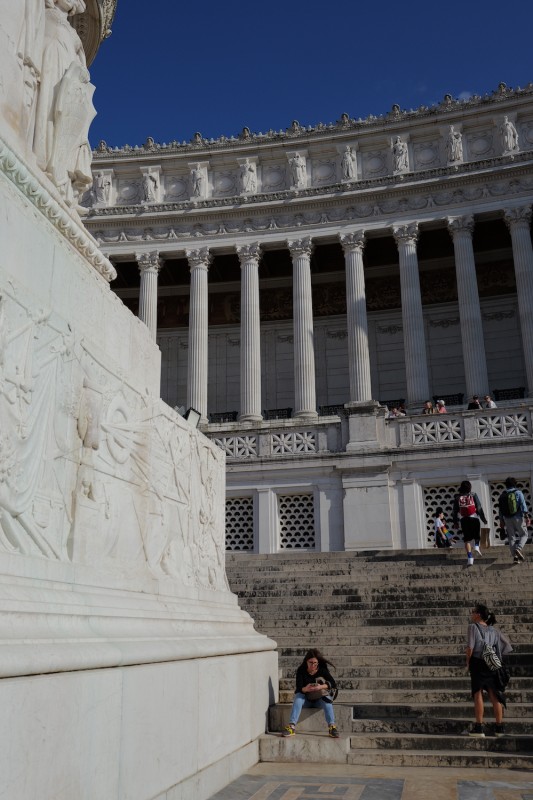Out and about with the Leica Q3
Out and about with the Leica Q3
September 4, 2023
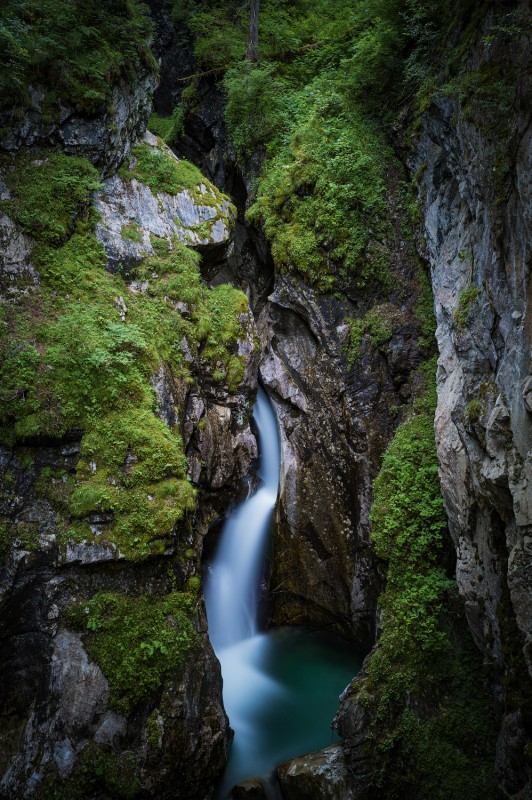
In Frank Soens’s opinion, the long exposure times and breathtaking details are the strengths of the Leica Q3. The autofocus even captured the paragliders unerringly. Photos 1-4: © Frank Soens.
In his video message – made with the Q3, of course – Patrick Ludolph underlines the continuity of Leica; yet, at the same time, says how happy he is to see how far Leica has ventured out of the woods: the full-frame sensor and the 28mm Summilux lens have always been great since the first Q, but with the Q3 Leica has moved from its strict design track to put functionality at the forefront – note the monitor, for example. “The monitor is – Leica-like – stable,” Ludolph says in praise of the Q3. He emphasises the increased low-light capability and celebrates – after closer inspection – the 60 megapixel sensor: he rarely needs to take advantage of its full resolution, but does not hesitate to use it to simulate narrower angles of view.
In his assessment, the autofocus has also made a great leap forward, particularly for videographers: “It works harmoniously, without excessive pumping.” On the whole, the video functionality has matured significantly: the 8K resolution works with 28 to 90 mm; with an output in 4K you can “zoom” again up to 180 mm.” The current five “Leica Looks”, which can be uploaded using the app, function is both photo and video mode.
Frank Soens, who was also out and about with the Q3 for us, was delighted with the operation of this “super compact camera, that you should really always have on hand”. Among other things, he did long exposures with an ND filter, and emphasises in particular the possibility of applying very long exposure times. Further more, despite the ND filter, the monitor shows sufficient information to be able to compose the image detail cleanly. The possibility of tilting it up or down serves him very well, of course. Soens particularly liked the colour reproduction. “The details are quiet simply breathtakingly good. Even in overcast weather, the darker tones retain their information, the depths are tremendous. It's simply amazing what you get from the Q3 RAW data.”
David Rojkowski was especially impressed by the Q3’s dynamic range; he took the camera to Italy. “The lighting conditions were quite difficult, especially when shooting backlit interiors in the Vatican; but when I developed the DNGs at home, I was able to bring up adequate details in the dark areas of each picture, even where nothing was visible to the naked eye. While Rojkowski likes to experiment with extreme ISO values, “the outdoor lighting conditions in Rome were always so good, however, that I didn’t have to go above ISO 1600”. And, of course, noise is far from being a factor.
“I’m used to focussing with manual lenses, so I am somewhat hesitant when it comes to the question of autofocus. With the Q3, I tried out some of the AF modes and I was able to have confidence that the focus was correct. And that happened very quickly. In other words, that really was very good for street photography.” Spoiled by handling a Leica SL, Rojkowski founds the Q3 rather small, of course. Even so, he was pleasantly surprised at how familiar the Q3 was to operate. “That’s what I love so much about Leica.”

In Frank Soens’s opinion, the long exposure times and breathtaking details are the strengths of the Leica Q3. The autofocus even captured the paragliders unerringly. Photos 1-4: © Frank Soens.
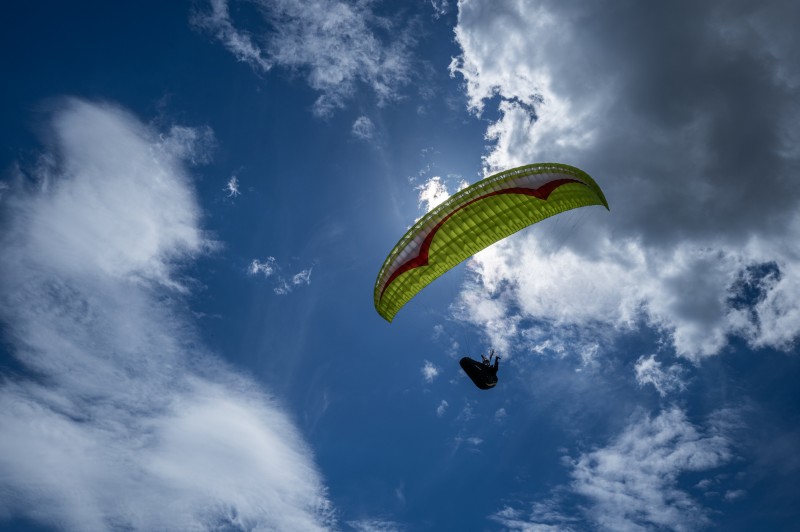
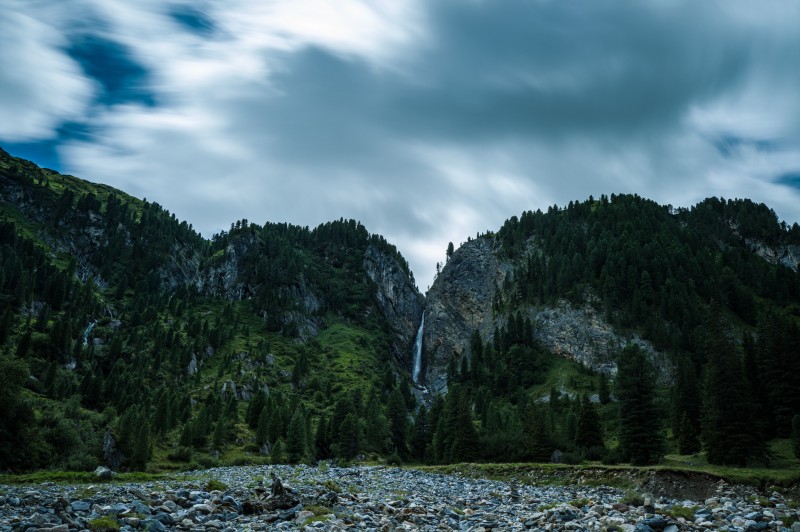
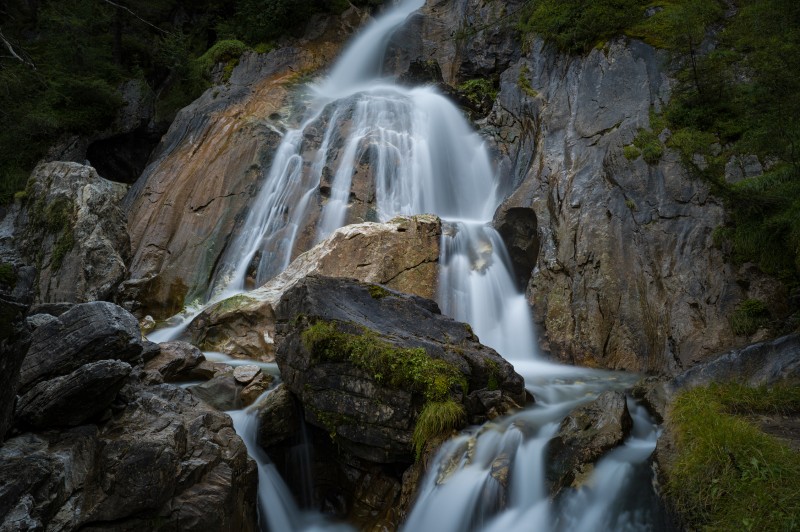
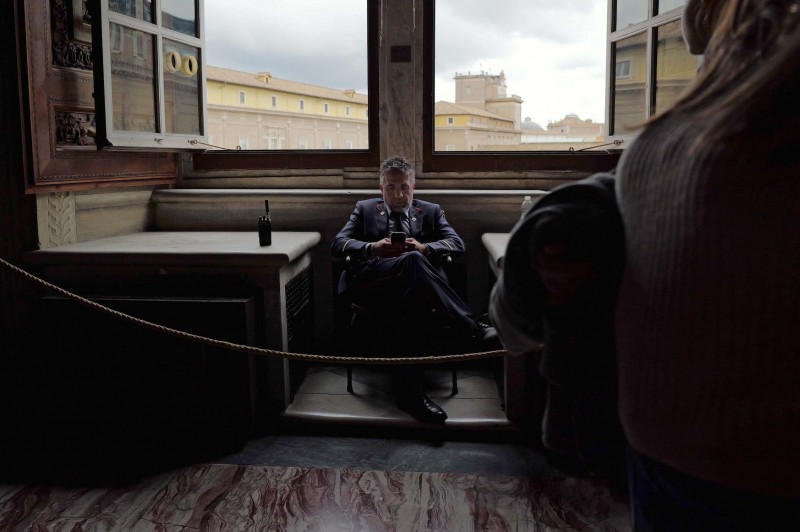
David Rojkowski particularly liked the Q3's autofocus and the “familiarity in the way it handles”. Photos 5-9: © David Rojkowski


